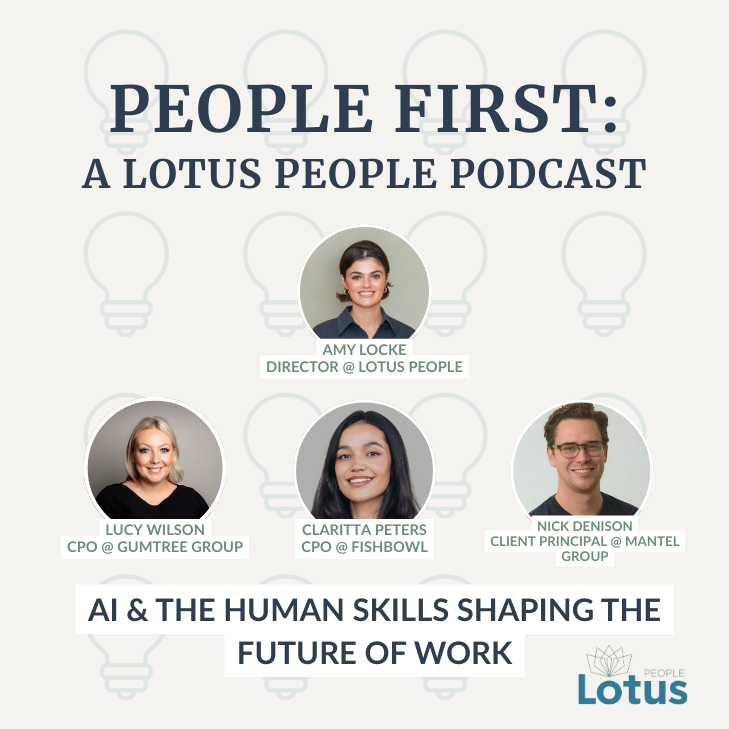Yesterday, my Permanent Consultant Aimee Muschamp and I attended a meeting in Sydney with a potential new client. Excited about this particular meeting, we chatted over coffee (as per usual I had hot chocolate) and discussed HR strategy for the year ahead.
The conversation moved to recruitment and, as so often happens when building rapport with a new client, we ended up discussing agency recruiters’ technique when approaching the business.
Having built fairly strong rapport throughout the meeting, we cheekily asked her for her top 5 No No’s for working with agencies. She got to 4 so we thought we would share the insights!
Not only are these useful for Agency Recruiters looking to build viable long term relationships, but for anyone in a business development role who wants to build a career for long term success, rather than quick wins.
At Lotus, we pride ourselves on long standing relationships, and love to operate in a way that best suits our individual clients needs, so these were a real eye opener as to what our client’s expectations, and gripes, are;
1) Receiving a phone call the first day that she posts a new role to see if the agency can work on the opportunity.
I consider this a massive no no in the world of agency recruitment. If our client has posted a new role, chances are the reason they have taken the time and effort to do that, is because they want to have the first go on the recruit. And let’s be honest, if they are an internal recruitment team, they will have their own targets to meet to fill roles. In my experience, waiting a week to see how the recruit is going is far more effective. At this point, your client probably has a better and more realistic idea of whether they will need to utilize your services.
2) Approaching the business with unsolicited emails with candidate details. Either directly to her, or to her line managers.
This is always worth checking with a client when attending an initial meeting to see what their stance on this is. Some clients, in certain industries/business areas, are open to seeing potential candidates and talent pipeline for future roles. Other business with a lean employee model don’t have the capacity to ‘make space’ for good candidates. Essentially, this is a grey area and I would always check when attending a meeting to ensure that you are aware of the business’ policy on this. And if you don’t follow policy, you could end up with a candidate taken off your hands, with not a single cent paid to you!
3) Duplicate candidate applications.
Often, our clients are running an internal recruit alongside your recruit- make sure you always ask the question to your potential candidates- ‘have you applied for this role directly?’. You may not always get the right answer, but save your time, and your clients by crossing this off on the initial phone interview.
4) Weekly check in calls without a purpose.
Across the board this appears to be clients number one gripe. In building rapport with a new client, ask them how often they like to be contacted. There is a fine line between building the relationship, and making the client inwardly groan as they receive another missed call from you. In each of my initial meetings with prospective clients, I always ask the question- how often, and how best, do we stay in contact with you? The answer on this occasion, was once every 4 months or so, by email or phone, and occasionally more so with any industry news. Perfect. Expectations are set across the board, and boundaries are respected. Remember, the chances are recruitment is 20% of your client’s role- respect the time they have.
Looking for more industry insights or have any comments? Get in touch below!
You may also like...





